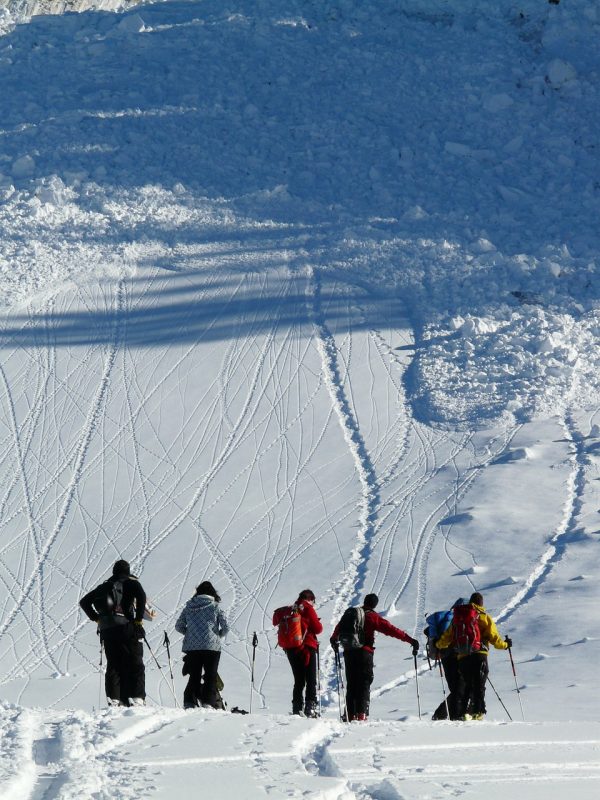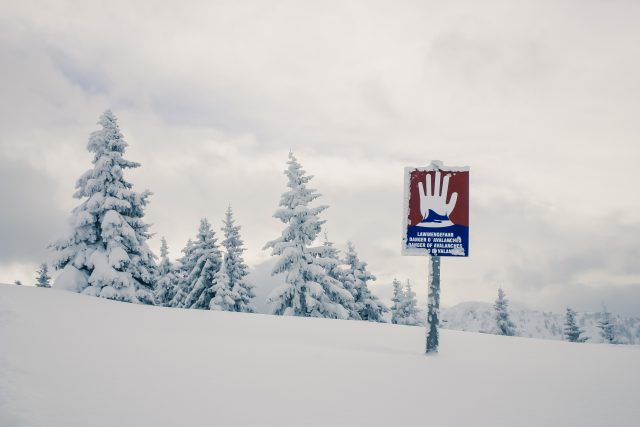How to survive a deadly Avalanche
The internet is littered with frightening images and video footage of mountaineers and hikers getting literally buried under tons and tons of falling snow. An unpleasant sight indeed; but it is a lot worse if you happen to be the victim of this natural killer which is stealthy and deadly in equal proportions. Whether you are an avid mountaineer or recreational hiker, the knowledge required in predicting and surviving an avalanche can go a long way, and could one day save your life and the lives of others. Avalanches are considered among the most feared outdoor hazards. Despite the fact that there has been a surge in avalanche education among mountaineers, the risk remains at the same deadly level for anyone going into any avalanche risk area.
If you are a professional mountain climber, chances are very slim that you have gone into the icy wilderness without adequate training and your survival gear. Even if you have prepared adequately and are carrying all the recommended and essential avalanche survivor gear, such as a shovel, a beacon, and probe, you are still not fully prepared.
Even if you have an extensive understanding of the Avalanche Triangle – factors that contribute highly towards the formation of an avalanche – you are still not fully prepared. The reason is very simple; avalanches are unpredictable, fast and enormously powerful, and once you are its target, you will be buried, and no amount of knowledge and equipment can be enough to counter that.
If you are trapped under an avalanche and have become a victim despite your extensive training and equipment, follow the following tips religiously, and you will most definitely buy yourself some time until a rescue party arrives to dig you out.
Shouting for help

This one is pretty obvious, once the beast gets to you, shout at the top of your lungs. This will alert your friends or other people in the vicinity to gain a sense of your last location and will make it easier for them to find you once the avalanche has calmed down.
Gear up
If you are one of the highly informed mountaineers who leave no stone unturned when it comes to preparation, you’ll be equipped with the most advanced avalanche gear such as an avalanche airbag or AvaLung; make sure you put the AvaLung mouth piece in your mouth and quickly activate your avalanche airbag before getting buried completely.
Never give up the fight

If you are caught up in a massive avalanche and can’t help but be swept away with the force, do everything in your strength to stay on top of, or at least as close to, the surface as possible. There are many techniques out there that you can deploy to achieve this, but one method known simply as the swimming motion can help you significantly in staying closer to the surface. The aim must be to increase your surface area and keep the barrage of snow off yourself as much as possible. While doing so, breath slowly through your nose as breathing through the mouth can literally choke you on the snow that will get stuck in your throat.
Make an air pocket
Once the avalanche slows down, the chance is that you will end up buried under snow if you did not manage to stay close to the surface. If getting buried under snow, even if trying to stay at the top, attempt to create an air pocket. This means you need to extend your arm forward and create a small empty area around your nose and mouth. This will enable you to breathe after you get buried under snow, since the weight of the snow will prevent you from moving any limb. In such a crucial situation every ounce of oxygen helps.
Raise a pole or hand

If you have somehow managed to create an air pocket in front of your mouth and the avalanche is about to come to a stop, try to raise your hand along with a pole or any other long object. In many situations, mountaineers have been saved when they managed to stick their arms out of the snow and were quickly located by the rescuers or fellow mountaineers. The aim is to stay alive by alerting the rescuers of your location as quickly as possible.
Don’t panic, stay calm
Once you are under snow, even after the avalanche has stopped, you will be mostly immobile due to the sheer weight of snow; even moving your arm would seem a dauntingly impossible task. This is undoubtedly the most panic inducing situation anyone could find themselves in. However, struggling to get yourself out of this death-trap can make things even harder for you. Trying to move under snow can tire you quickly, and the oxygen in your lungs and around you will be quickly consumed. This will significantly lower your chances of survival, so always avoid unnecessary struggle and stay calm. So, if you hear people, shout out to them, otherwise, your best bet will be to stay calm and hope for the best.
If you have any comments then please drop us a message on our Outdoor Revival Facebook page
If you have a good story to tell or blog let us know about it on our FB page, we’re also happy for article or review submissions, we’d love to hear from you.
We live in a beautiful world, get out there and enjoy it. Outdoor Revival – Reconnecting us all with the Outdoors.





